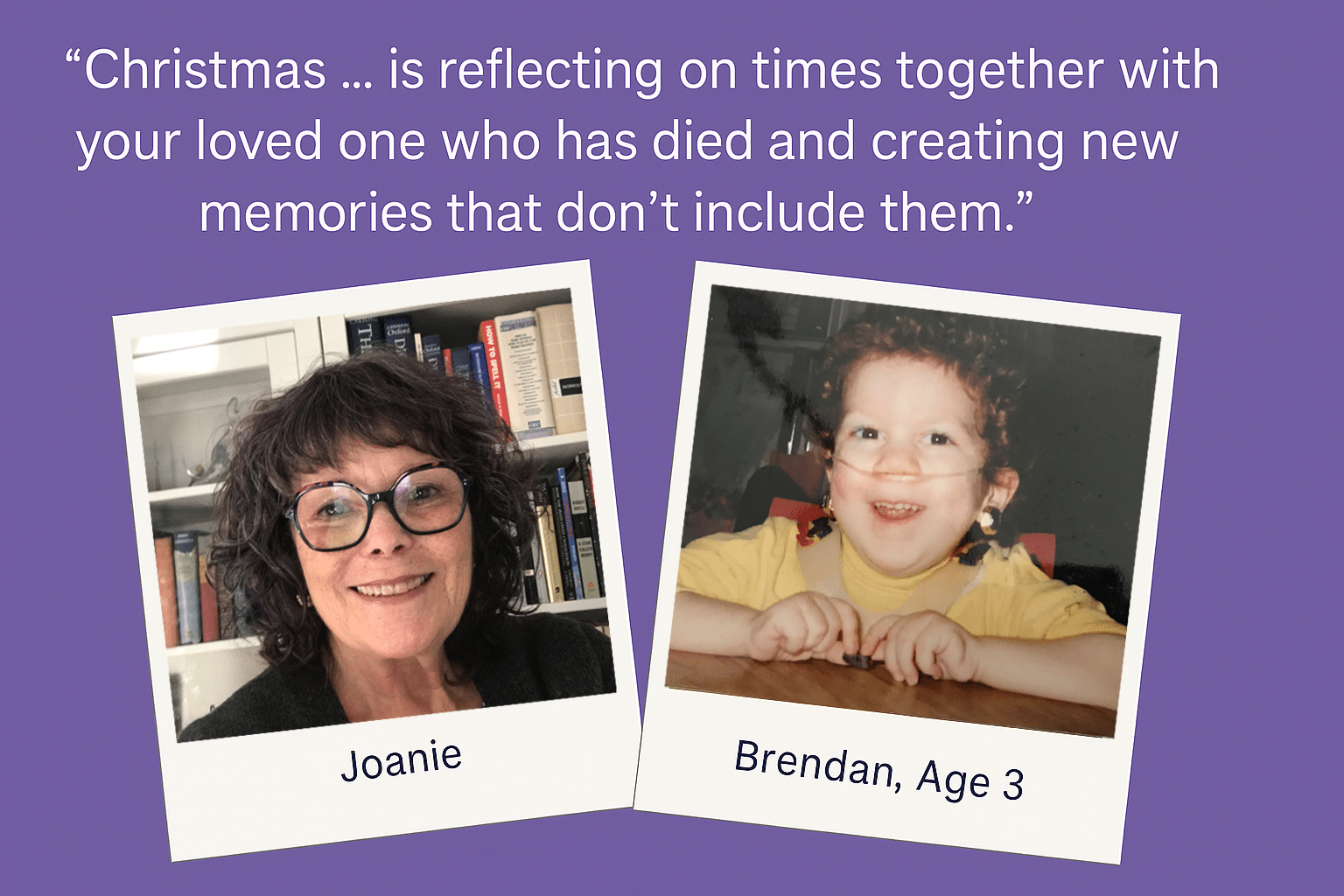The words and tone that doctors use, and personal experiences they share affect whether or not people chose CPR (Cardiopulmonary Resusciation) to be performed if/when their loved ones heart stops.
In a recent study “Some of the men and women were asked whether they wanted their family member to receive CPR, which had a 10% chance of saving their loved one’s life, if the heart stopped, or if they wanted to issue a “Do Not Resuscitate” (DNR) order. About 60% opted for CPR. However, when the doctors changed the language of the DNR choice to “allow natural death,” only 49% chose CPR.”
DNR “Do not resuscitate” suggests that resuscitation is the outcome. This should be changed to “Do not ATTEMPT resuscitation” and be accompanied by the statistics of how many people with this particular illness at this particular stage in their lives recover following attempting CPR, and what recovery may look like.
“AND” or “Allow Natural Death” – I like this phrase. It resonates with me. When using this phrase it is equally important to provide information… What does a natural death look like? What might it look like for a person with this particular illness at this particular stage in their lives?
We need to do away with the wording: “If your (loved ones) heart stops do you want us to resuscitate him?” or worse yet, “If your (loved ones) heart stops do you want us to start it again?”
Changing our language, becoming more comfortable with the “D” word, sharing information, we can help individuals to explore the options and choose that which best fits this individual at this time.







One Response
The whole DNR process, or even “AND” if you will is really a mess for EMS providers. It’s a great conecpt, but implementation is really difficult. For DNR to be effective, a care provider must recognize there is a lethal problem, notify EMS and then provide valid hard copy paperwork (notarized with raised seal and original ink signatures). Often times one or more of these steps is missing.
Care providers often don’t recognize what’s life threatening. The CNA will call the physician to make an appointment for difficulty breathing or not feeling well, then call EMS for a routine transport. When we show up the patient has agonal respirations and nothing has been done to care for the person. Then the official paperwork is often hard to find or misfiled. Leaving EMS to either start the resuscitation process or stand there with their hands in their pocket waiting for the documentation to be found. There’s got to be a better way.
People, in general, need to understand the importance of their end of life decisions. Legislatively, we must have better processes and legal recognition of DNR that don’t require protracted documentation searches. Some kind of registry, official DNR bracelet, or other quick retrieval method must be in place for this to be effective. Finally, care facilities have go to get their act together. No more “code blue shuffle” taking your time to waddle down the hall to look up the records. There should be a sense of urgency along with some clear understanding about what happens. I hope one day we all get to that destination!